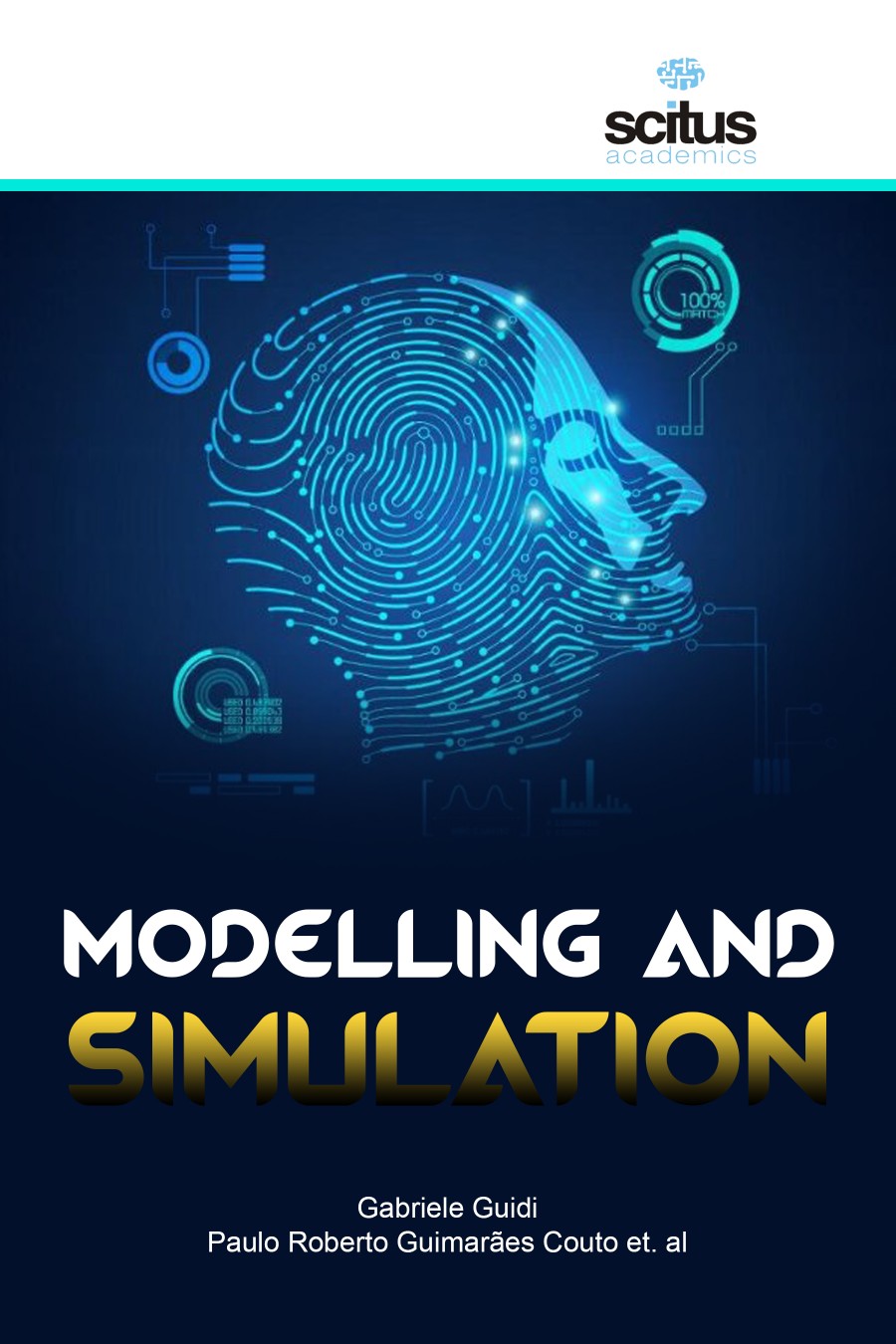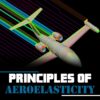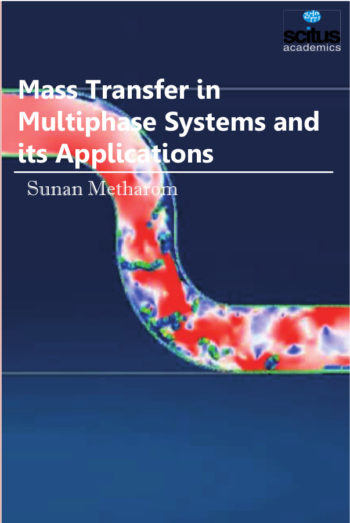Simulation modelling has been used in a broad range of physical and social sciences and engineering fields, ranging from nuclear fusion to economic forecast to space shuttle design. For various types of situations and systems, different types of models are used. In classifying simulations, there are important distinctions among the types of models that are being simulated, and among the types of program structures that are used to carry out the simulation. Generally, a model intended for a simulation study is a mathematical model developed with the help of simulation software. Mathematical model classifications include deterministic or stochastic; static (time is not taken into account) or dynamic (time-varying interactions among variables are taken into account). Typically, simulation models are stochastic and dynamic. Simulation is used before an existing system is altered or a new system built, to reduce the chances of failure to meet specifications, to eliminate unforeseen bottlenecks, to prevent under or over-utilization of resources, and to optimize system performance.
Modelling And Simulation is intended to report leading-edge scientific contributions from mathematics, computer science, various sub-disciplines of engineering, management, psychology and cross-cultural communication, all of which focus on the modelling and simulation of human-centred engineering systems. The book contains topic reflecting the multidimensionality of applications related to modeling and simulation. Some of the most recent modeling and simulation techniques, as well as some of the most accurate and sophisticated software in treating complex systems, are applied. It is aimed at providing the discussion of formalisms, methodologies and simulation tools that are intended to support the new, broader interpretation of Engineering.
This book is aimed at valuable tool to scientists and academicians as well as for all those professionally active and/or interested in the methods and applications of simulation.













